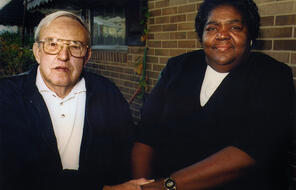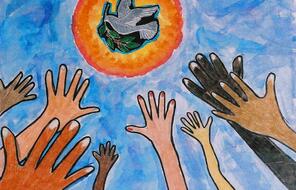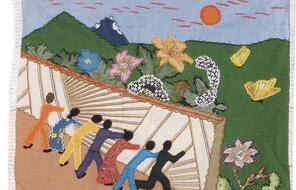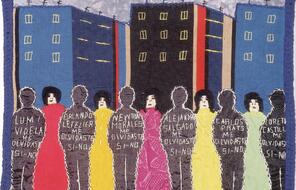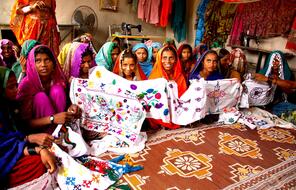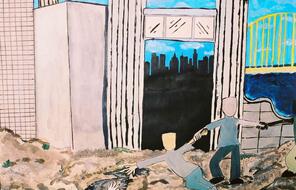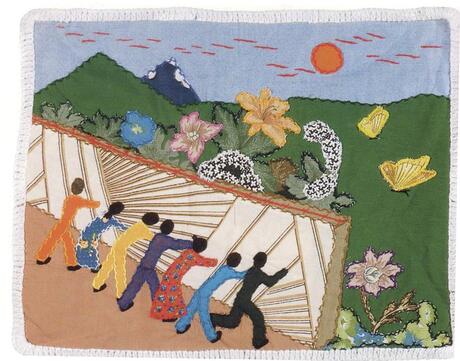
Choosing to Participate
Duration
One 50-min class periodSubject
- Civics & Citizenship
- History
- Social Studies
Grade
6–12Language
English — USPublished
Overview
About This Lesson
In the previous lesson, students explored how the legacies of the Armenian Genocide and the Holocaust live on through the stories of survivors and their descendants. This lesson brings students into the “Choosing to Participate” stage of the Facing History scope and sequence by asking them to consider how our memory and understanding of history inspires and guides our choices in the world today. In particular, this lesson invites students to envision the ways that they themselves might contribute to the process of creating a more humane, just, and compassionate world.
Legal scholar Martha Minow has observed that one of the biggest barriers that individuals face in getting involved is that it is hard to know what actual steps to take: “Often times we see something that's unjust and we wonder, ‘Where do I go? What do I do?’” In an effort to help individuals identify concrete actions to take when they “choose to participate,” Minow developed a “levers of power” framework to map out the organizations, institutions, and technologies that can enable us to strengthen the impact of our voices and our actions. In this lesson, students will learn about these “levers” of power and analyze how some individuals and communities have strategically used them to make change. Students will then have the opportunity to think about which levers are most accessible to them personally and how they might use these to bring about changes they would like to see in their own communities.
Preparing to Teach
A Note to Teachers
Before you teach this lesson, please review the following guidance to tailor this lesson to your students’ contexts.
Lesson Plans
Activities
Assessment
Extension Activities
Materials and Downloads
Quick Downloads
Download the Files
Download allGet Files Via Google
Choosing to Participate
Survivor Testimony and the Legacy of Memory
Refining the Thesis and Finalizing Evidence Logs
Unlimited Access to Learning. More Added Every Month.
Facing History & Ourselves is designed for educators who want to help students explore identity, think critically, grow emotionally, act ethically, and participate in civic life. It’s hard work, so we’ve developed some go-to professional learning opportunities to help you along the way.
Exploring ELA Text Selection with Julia Torres
On-Demand

Working for Justice, Equity and Civic Agency in Our Schools: A Conversation with Clint Smith
On-Demand

Centering Student Voices to Build Community and Agency
On-Demand


